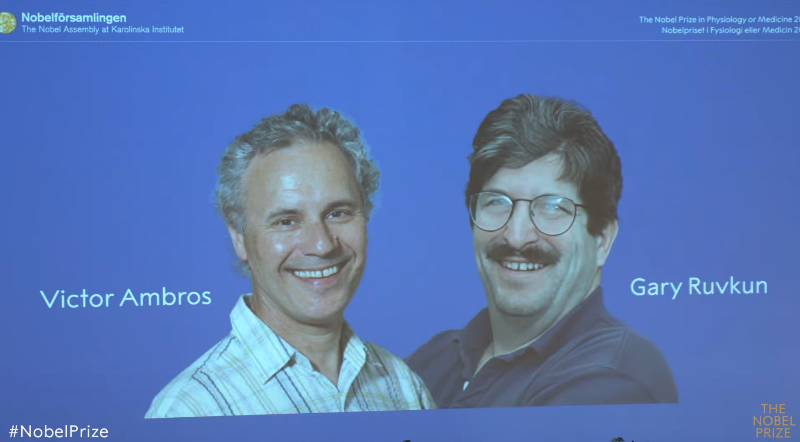by British Medical Journal
Credit: CC0 Public Domain
The first research definition of what is meant by post acute COVID-19, dubbed 'Long COVID' in children and young people has been formally agreed, reveals a landmark study accepted for publication in the Archives of Disease in Childhood.
The definition closely complements that proposed by the World Health Organization (WHO) for Long COVID in adults, and if widely adopted, will substantially help strengthen the evidence base on this debilitating condition, say the researchers.
The slew of definitions currently used, all of which differ in number, type, and duration of symptoms has contributed to the very wide reported variations in the estimated prevalence of Long COVID in children of 1% to 51%. This has hampered research efforts to date.
A consistently applied definition of Long COVID will enable researchers to reliably compare and evaluate studies on prevalence, disease course, and outcomes, providing a more accurate picture on the true impact of the condition, explain the researchers.
Consensus was reached among a representative panel of 120 international experts skilled in service delivery (47), research (50), and lived experience (23), after careful scrutiny of 49 statements each of which was scored from 1-9, depending on their perceived importance.
These statements were sequentially whittled down in three phases (Delphi process), with the final selection of 5 discussed at a virtual consensus meeting. These statements were then reviewed by a panel of eight 11-17 year olds affected by Long COVID to reach final agreement.
The included statements for a research definition of Long COVID in children and young people were as follows:
A condition in which a child or young person has symptoms (at least one of which is a physical symptom) that:
Have continued or developed after a diagnosis of COVID-19 (confirmed with one or more positive COVID tests)
Impact their physical, mental or social wellbeing
Are interfering with some aspect of daily living (eg, school, work, home or relationships) and
Persist for a minimum duration of 12 weeks after initial testing for COVID-19 (even if symptoms have waxed and waned over that period)
These translate into: "Post-COVID-19 condition occurs in young people with a history of confirmed SARS CoV-2 infection [the virus responsible for COVID-19 infection], with at least one persisting physical symptom for a minimum duration of 12 weeks after initial testing that cannot be explained by an alternative diagnosis. The symptoms have an impact on everyday functioning, may continue or develop after COVID-19 infection, and may fluctuate or relapse over time."
The researchers emphasize the need to differentiate between a clinical case definition and a research definition of Long COVID.
"It is understandable that the patient groups representing people with Long COVID are concerned about a definition that could restrict access to services that are needed. In our view, the decision whether a child or young person can see a healthcare professional, access any support needed, or be referred, investigated or treated for Long COVID should be a shared decision involving the young person, their carers and clinicians."
More information: Long COVID (Post-COVID-19 condition) in Children: a modified Delphi Process, Archives of Disease in Childhood (2022). DOI: 10.1136/archdischild-2021-323624
Journal information: Archives of Disease in Childhood
Provided by British Medical Journal







Post comments